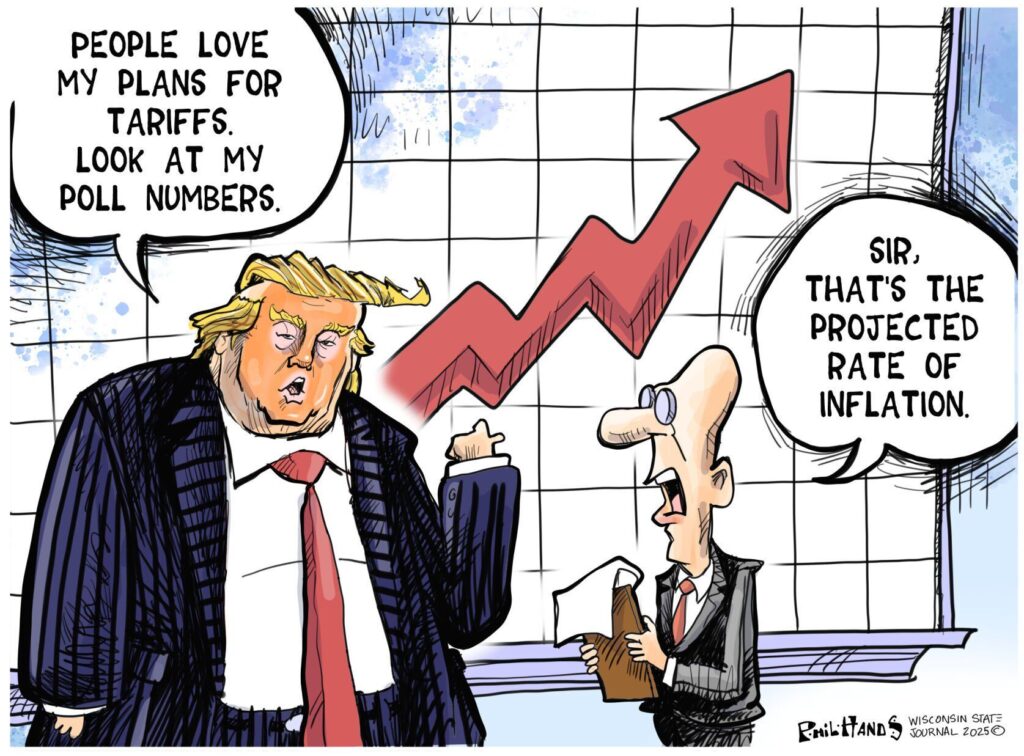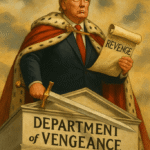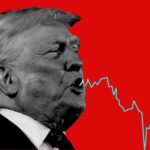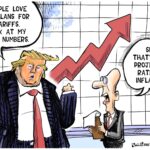Trump’s tariffs have pushed America’s trading partners to find other countries to trade with. This migration away from the US has weakened its roll in global trade its attendant influence and threatens the dollar’s supremacy. Contrary to Trump’s promise, his tariffs cannot restore lost manufacturing jobs.
Here’s what his tariffs have wrought:
- Canada imports more cars from Mexico for the first time in three decades.
- China, the world’s largest soybeans buyer, hasn’t bought a single shipment from US farmers. Beijing switched to Brazil and Argentina to supply them. That’s nothing new. In his first term, Trump paid billions of taxpayer dollars to compensate farmers who suffered the losses. Now, Trump must pay them again to the tune of at least $10 billion.
- China’s exports to the U. S. fell 27% in September over a year ago while its total exports hit a six-month high, reflecting its pivot to new trading partners.
- India and China, two of the world’s biggest economies are restoring trade ties to avoid Trump’s tariffs.
- Peru is switching to sellers in Asia, Europe and South Africa for blueberries and textiles.
- A group of 14 countries that excludes the US has formed a partnership to boost trade and investment among them.
- Officials in Brussels are laser-focused on expanding the EU’s list of trade partnerships and fast-tracking negotiations that dragged on for years.
- European countries will ratify a pact with Mercosur, a common market of South American countries with 780 million consumers.
- The EU hurried to sigh a free-trade agreement with Indonesia
- Negotiations on an EU-Australia pact, underway since 2017, got a jump-start in June.
If you think Trump’s tariffs will turnout well, take a look his first term tariffs turned out. They met with a similar disaster.
Many items, particularly commodities, are traded in currencies other than the dollar and feeding an effort by a growing number of countries to reduce the dollar’s role in international trade, which will weaken the dollar’s supremacy. Russia, India, China, Brazil and Malaysia are setting up trade channels using other currencies. Disrupted U.S. alliances with Europe will lead to more countries reducing their reliance on the dollar.
De-dollarization is also emerging in central bank reserves, where its share of all reserve currencies is at a two-decade low. And the share of foreign ownership of the U.S. Treasury market has fallen over the last 15 years.
The impact of de-dollarization will be most acutely felt in the U.S. where U.S. equities are bound to crash and fixed income yields rise as both meet a torrent of sales by investors.
Trump’s are the highest US tariffs since the 1930s when President Hoover triggered a trade war with tariffs that deepened the Depression. But the US was a large creditor nation then and is now a debtor nation to the tune of a record $37.85 trillion. So borrowing to spend us out of a recession to prevent a depression will be difficult and risk a deeper collapse. Trump and his unqualified cabinet will be helpless to prevent it.







